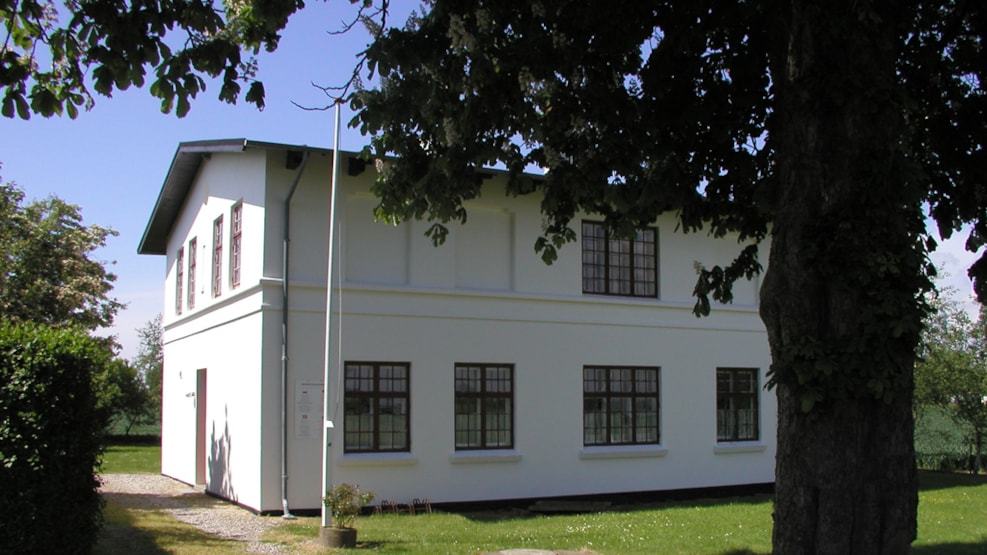
The Museum Polish Barrack
The museum tells the unique story of the many young Polish seasonal labourers who came to Lolland-Falster to work in the beet fields. When Denmark sold its islands in the Caribean, the access to sugar cane disappeared and the sugar beet - also known as "white gold" - became an unexpectedly large export adventure. At the barracks, there is both a museum and memorial rooms with a focus on how the Polish beet girls lived in Denmark.
Of the 30 or so similar Polish barracks built on Lolland and Falster, this is the best preserved. The buildings were called barracks because they housed a large number of labourers and were often located far from other settlements.
The museum houses a large collection of field tools, paper cuttings from the beet girls and a very extensive collection of Catholic photographs. The objects on display were primarily donated by Polish descendants, as many of the seasonal labourers ended up staying and settling permanently, especially on Lolland. Many of the Polish place names and surnames bear witness to this.
The Polish barracks in Tågerup near Rødby, which is a listed building, was designed by architect H.C. Glahn, Nykøbing Falster, Denmark. Glahn, Nykøbing Falster for the neighbouring Lungholm estate, and the museum is the only one of its kind in Europe.
The museum has received the prestigious Polish international award "Witnesses of History" and is supported by the Polish Ministry of Culture, the Polish Ministry of Foreign Affairs and the Polish Embassy in Denmark.